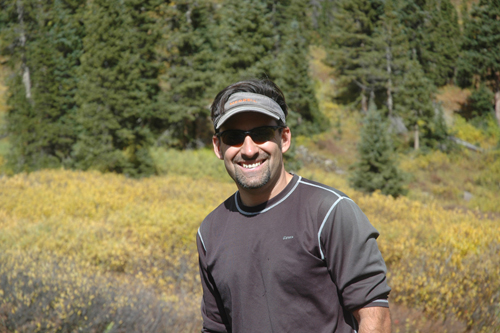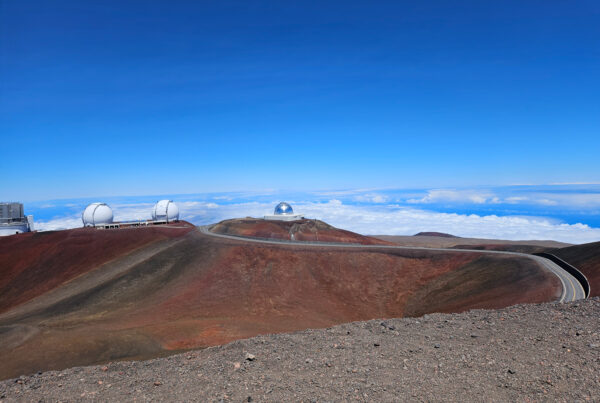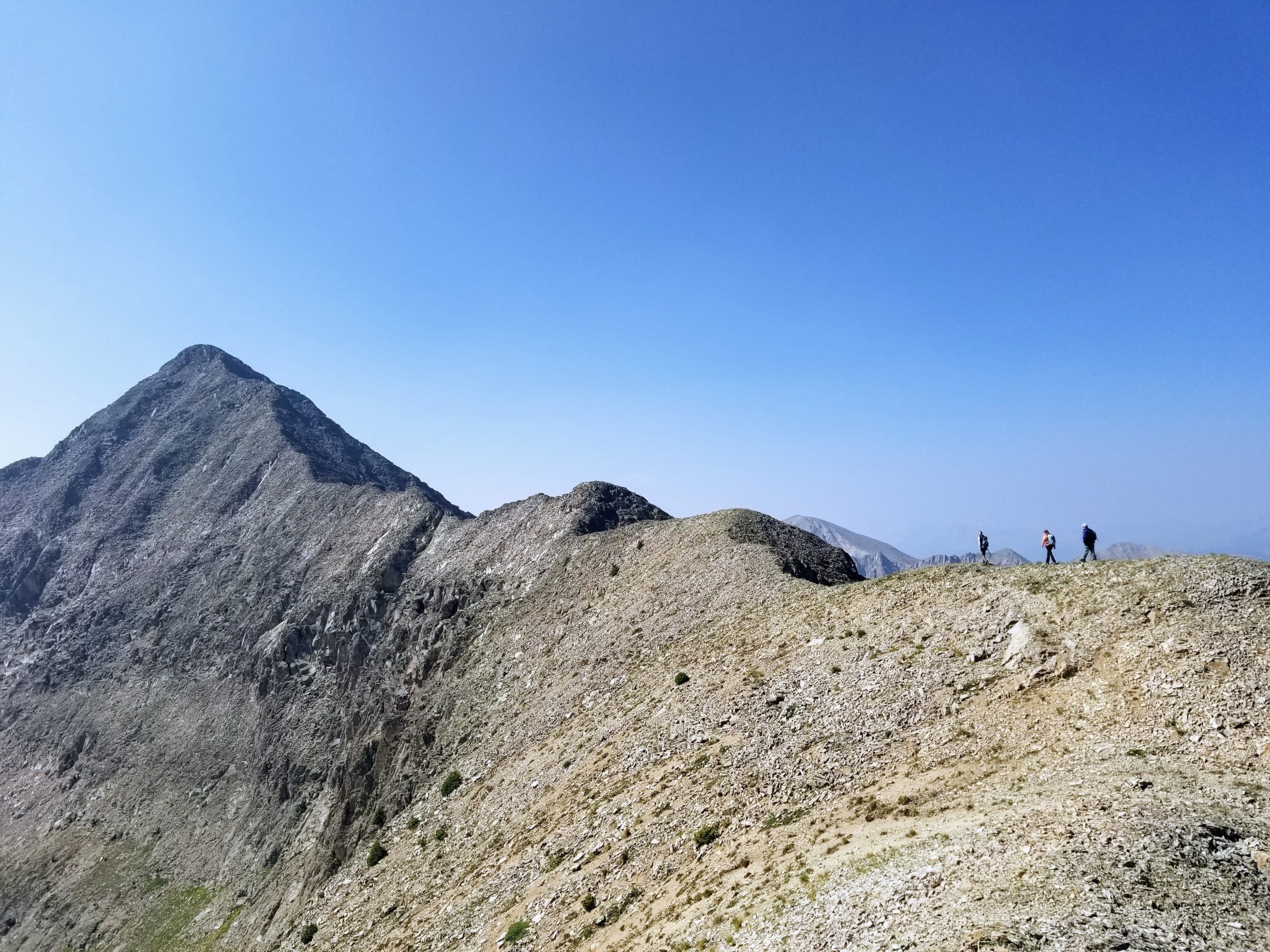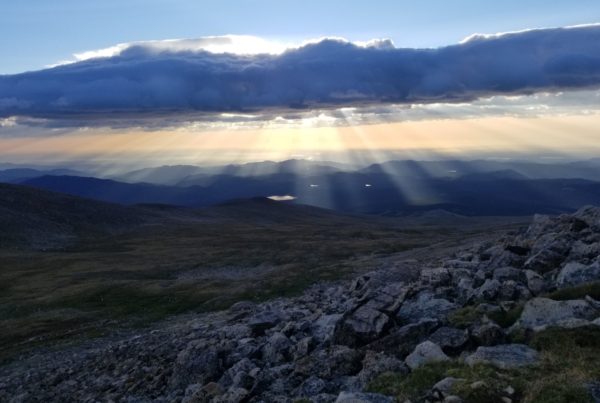Last Updated on August 10, 2020 by James Dziezynski
Before you read this article, let’s agree that the marketing wizards who came up with the concept of “power couples” deserve a place on the podium of “worst campaign ideas ever”. Or maybe a seat at the table in one of the lesser rings of hell. More on that later.
My friend and colleague Doug Schnitzspahn recently penned a compelling editorial at Elevation Outdoors about the future of the outdoors. It’s a great read and it brings up some difficult truths about the outdoors industry. Honest conversations can be tricky when there is a risk of offending editors, brands, or other lifelines that ultimately provide a paycheck—and an outlet for your voice. As much as we love wilderness, it’s also a business, one that merges a melange of conservation and advocacy with $5,000 mountain bikes and high-tech cameras that can make us look like heroes for skiing a modestly bumpy intermediate ski run. Compared to other industries, I think there is a lot more good faith among the tribe, but there are some glaring examples that are hard to overlook.
This is the part where I (sort of) jump on the empty sport of bashing Outside magazine.
There’s a few hard truths I’ve come to accept in my life. Metallica will never put out another good album. The Star Wars prequels were an unmitigated, Jar-Jar fueled disaster. And the Outside magazine of the late 1980s and 1990s will never be equaled. Now to be fair, in all of these instances, the body of work ultimately overrides any inherently inferior incarnations created in the denouement. Metallica 83 – 89 couldn’t turn out a bad song. On that merit alone, I hope they all live long, awesome, lives (RIP Cliff Burton), own giant houses and continue to sell out arenas, where they hopefully are smart enough to play more old tunes than new. And I’ll always get goose bumps watching Luke dive into the trench run and I will always nod approvingly at the swamp-infused wisdom of Yoda. And finally, I’ll never forget how exciting it was to get a 1990s issue of Outside where you very well might get Jon Krakauer, David Quammen, and Tim Cahill all writing in the same issue.
Outside wasn’t exactly a grass-roots publication. It was the brainchild of multi-zillionaire publishers Jann Wenner and William Randolph Hearst III, and as such it jumped into the market with all the advantages of trust-fund kid whose Dad just donated a new library to Yale. However, for two decades it nailed its mission statement: “to inspire active participation in the world outside through award-winning coverage of the sports, people, places, adventure, discoveries, health and fitness, gear and apparel, trends and events that make up an active lifestyle”. Only when print media began its inevitable decline did the publication fully shift to an editorial style that aggressively catered to the wealthy, white, metro-based, male audience. I don’t blame the editors (many of whom I know and like). When Rolex, Ford, United Airlines, and Porsche are paying your bills, you’re going to model your magazine to their haughty tastes. That and a predictable dose of Mount Everest-fueled drama have loudly and clearly anchored Outside’s place sitting on the shoulders of giants.
So I get it. And the truth is that I’ve written for Outside from time to time, usually gear reviews or small travel pieces. I wouldn’t turn down a reasonable assignment from them. However, the straw that broke the load-bearing yak’s back was the aforementioned “power couple” campaign that surfaced this summer. In one final act of advertorial arrogance, Outside reached its apogee, the farthest it has ever soared from the raw-adventure, dirt-bag championing, curious spirit that made the writing of those golden years unforgettable. In its place are new champions, ab-riddled, polished, professionals, casually driving their Porsche out for a weekend of climbing in Yosemite, as if that were within the scope of reality for non-1 percenters or those not gifted with freakishly lucky genes. Straight-teethed climbers re-enact faux victory at the end of a route, awkwardly fist-bumping/high-fiving as the film crew patiently waits to cue the scene for the sunset to catch the perfectly scripted moment. “Amazing!” says the Porsche marketing team, patting themselves on the back.
This scene was the culmination of months of Outside reviews of $80,000 Sportmobile RVs and gadgets that cost more money than certain outdoors pioneers made in their collective lifetimes. That fist-bump / high-five was high noon for Outside’s journey away from the glory days. The industry’s strongest voice declared the outdoors as white, elite, and as haute-couture as it could possibly be—perhaps without self-awareness, but more likely as an acquiesce to the reality of modern markets and advertising budgets. That fist-bump will be the moment when the industry as a whole realized it needed to take a long, hard look at itself.
I don’t begrudge the athletes—I happen to be acquaintances with a few of the “power couples”, all good eggs in my book. If someone threw a bag of cash, a high-end SUV, and a camera crew my way and told me to go do what I love, I’d be there in a heartbeat. And I don’t even begrudge Outside, because it is the last tree standing in a forest once rich with outdoors publications. What stings is the deep division between those who live and breathe wilderness and the well-funded weekend warriors who now wear the mantle as the defacto face of the outdoors. It’s white, manicured, rich, and free of duct-tape patches on the elbows. Or to put it more accurately, it’s more white, more manicured, more wealthy.
Returning to the point of Doug’s excellent essay, there is a real threat to public lands that our country has not faced in my lifetime. President elect Trump is tone-deaf on matters of conservation and his very brand is built on a me-first, damn the masses approach. He has already assigned individuals in high positions of power who are eager to sell off national land, including national parks, in the name of the almighty dollar. Drilling, fracking, and logging all have their places—it would be folly to think they don’t—but left unregulated, they will scorch, crack, and deflower the land with reckless abandon. And this is why I worry about Outside.
As a once-leading voice, the magazine has drifted from its credible stances on wilderness issues and replaced it with the 10 hottest lumberjacks of British Columbia. Yes, there are still secondary articles in Outside that shine but they are often buried in the pages and completely lost online. Advertisers don’t give a rat’s ass about the hundreds of pageviews for a well-researched piece on climate change when you can score hundreds of thousands of views showcasing the hottest female skiers and snowboarders. Oh, and for a bit of grim solidarity, National Geographic is now majority owned by Fox News.
My hope is that platforms like Outside will put aside the luxury RVs for a while and raise their voice in the name of the environment. Right now, there are some stellar journalists languishing in smaller publications, their voices washed away in a sea of awkward fist bumps. There is a responsibility for those of us who understand the deep value and irreplaceable nature of America’s outdoors to move away from the exclusive and towards the inclusive. Dirtbags and debutantes alike are being called upon to be stewards of lands that are in critical need of protection, especially the unglamorous places that will never find their way onto catalog covers.
We can awkwardly fist-bump later, right now there’s some real work to do.





